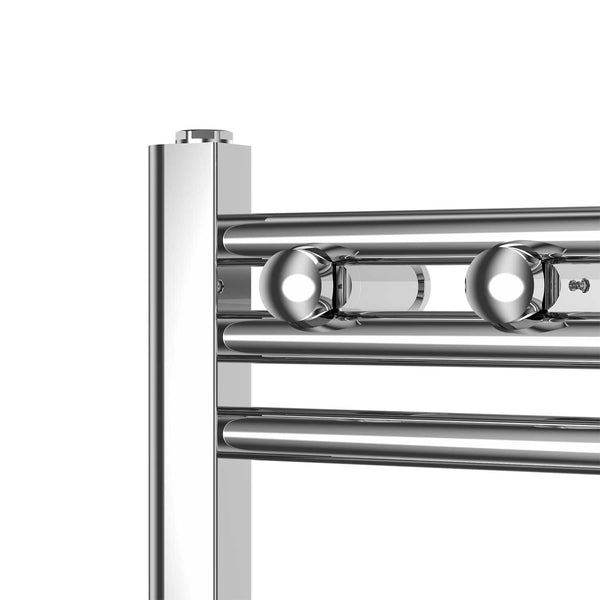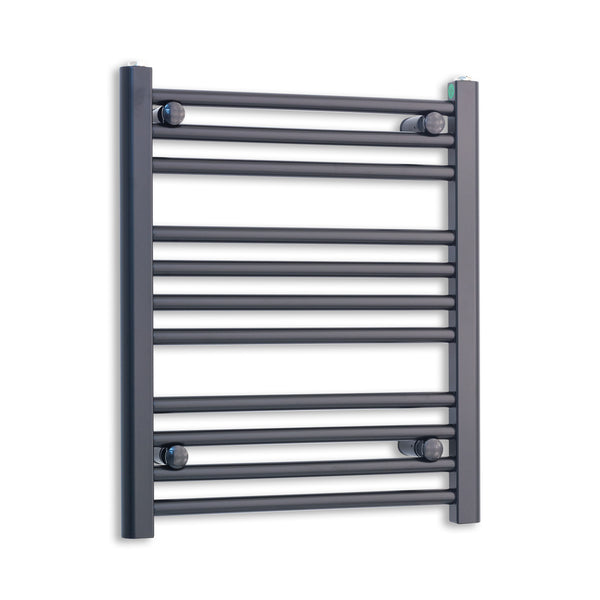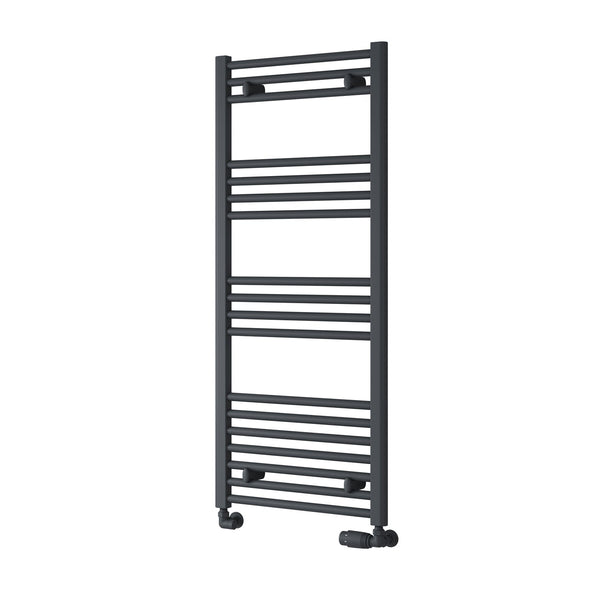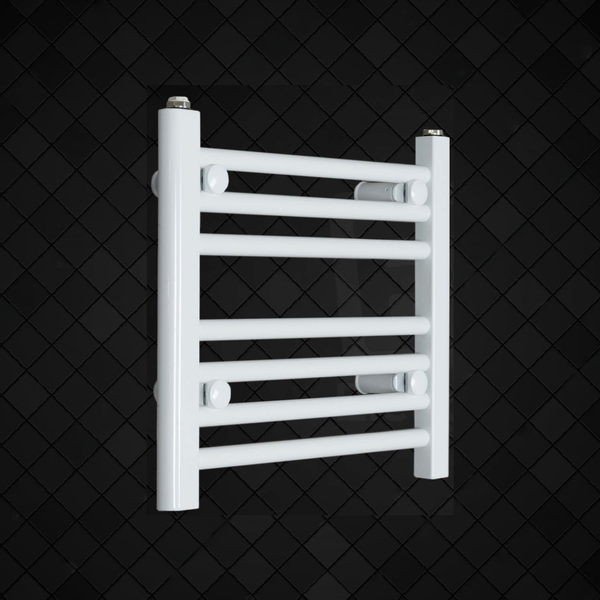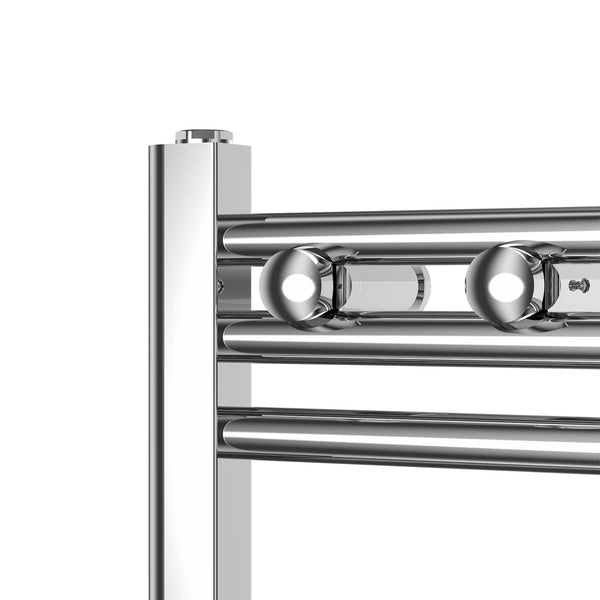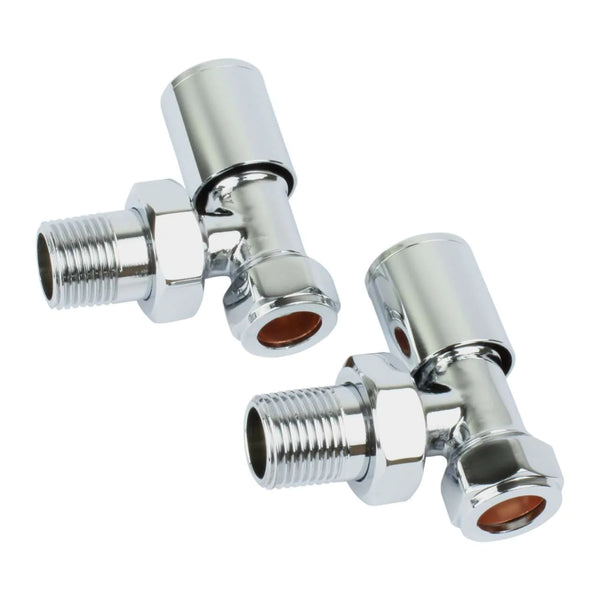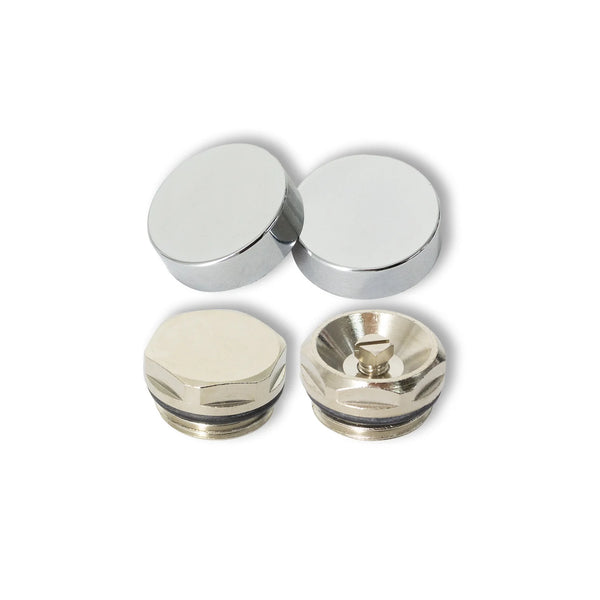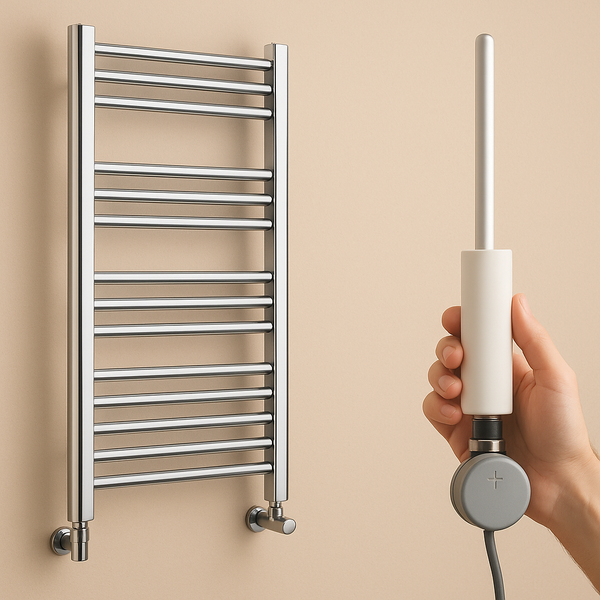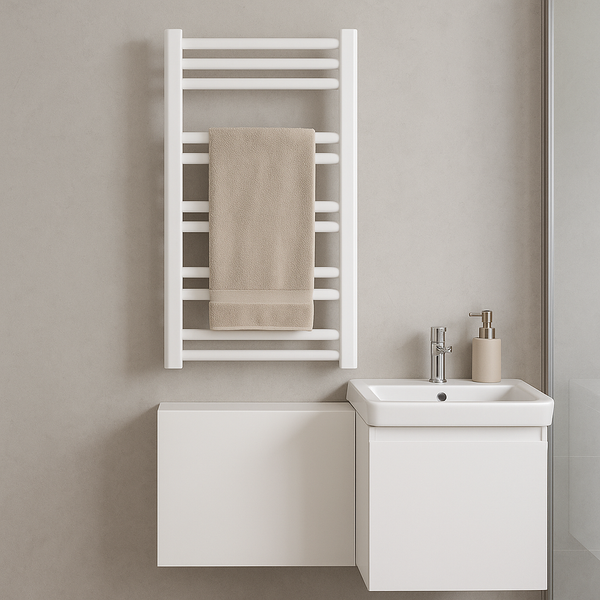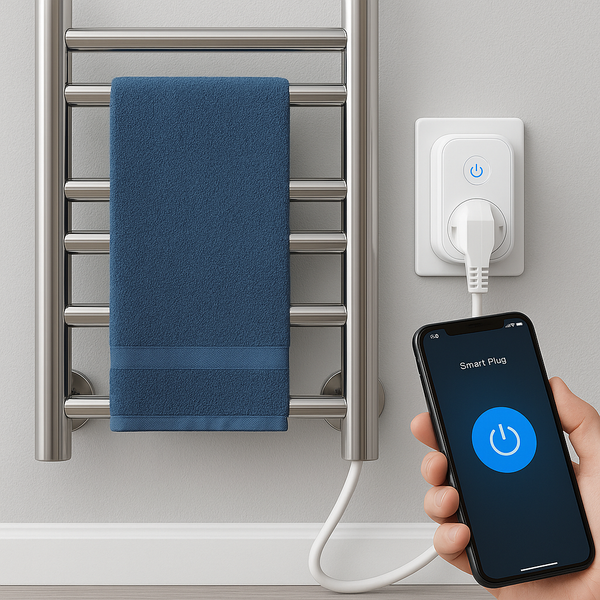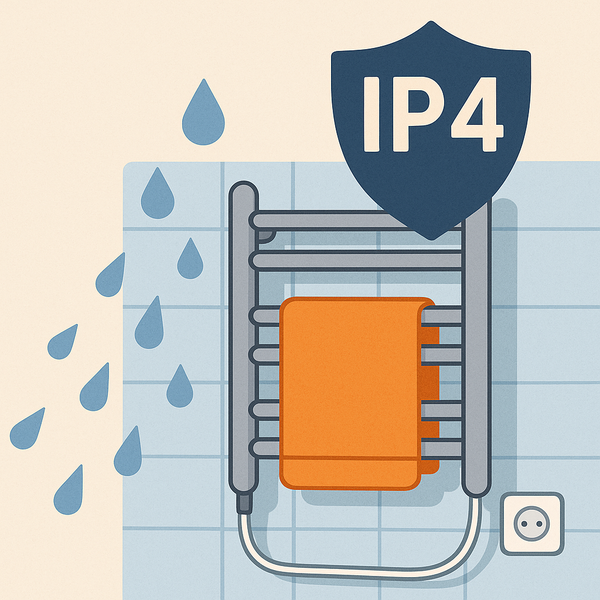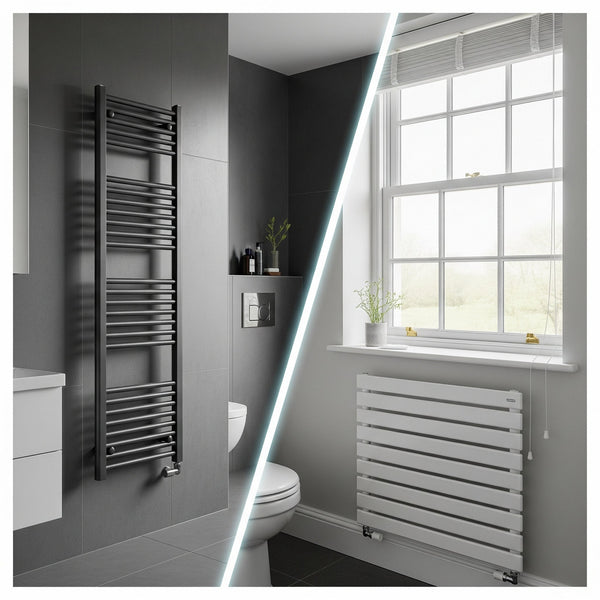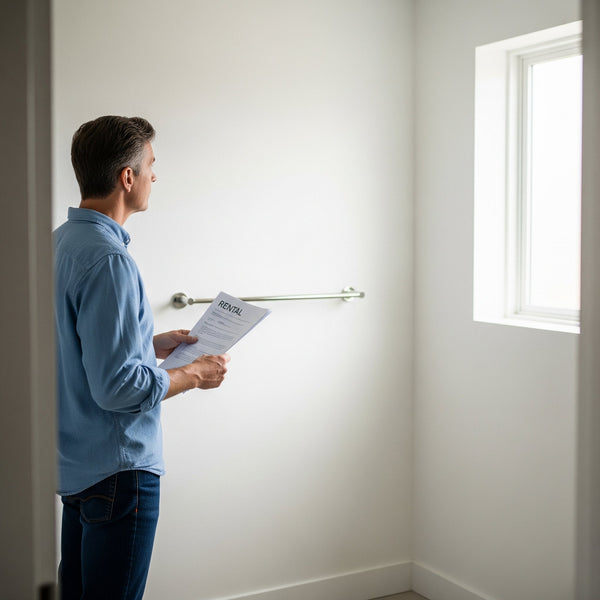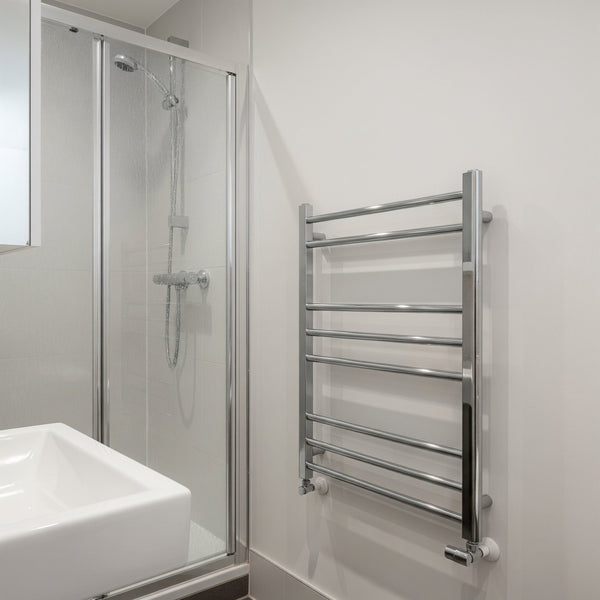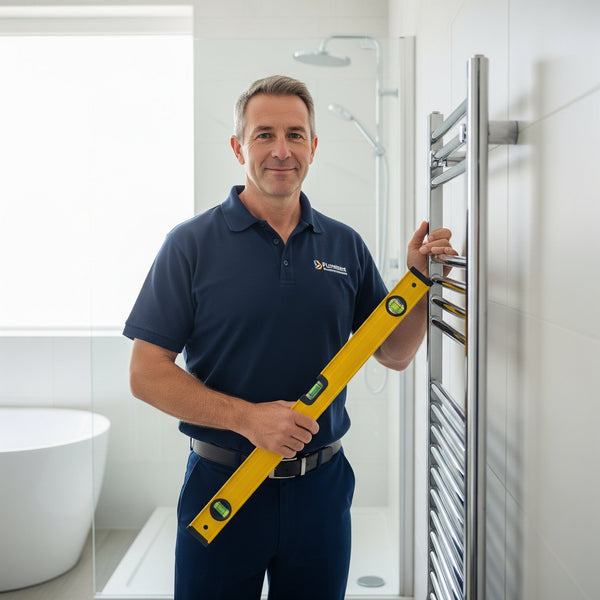Where Should You Position Your Towel Rail? The Ideal Placement in Your Bathroom
Choosing the perfect heated towel rail is an exciting step in designing your dream bathroom. You’ve picked the style, the finish, and the size. But now comes a question that is just as important as the model itself: where exactly should you put it? The placement of your towel rail isn't just about what looks good; it's a critical decision that impacts your bathroom's safety, functionality, and overall flow.

Positioning it correctly ensures you get warm, dry towels right where you need them, that the room heats up efficiently, and, most importantly, that your installation is safe and compliant with UK regulations. At Company Blue, we want to help you get every detail right. This guide will walk you through the key considerations for finding the perfect spot for your new towel rail, blending practicality, safety, and style.
Consideration #1: Safety First - Electrical Zones
For any dual fuel or fully electric towel rail, this is the most important rule and it is non-negotiable. UK building regulations (BS 7671) are extremely strict about placing electrical appliances near water to prevent the risk of electric shock. Bathrooms are divided into electrical "zones".
- Zone 0: Inside the bath or shower tray itself. No installation is permitted here.
- Zone 1: The area directly above the bath or shower, up to a height of 2.25m from the floor.
- Zone 2: The area stretching 0.6m (60cm) horizontally outside the perimeter of the bath or shower, also up to a height of 2.25m.
The Golden Rule: Any mains-powered heated towel rail (or its electrical connection) must be installed outside of Zone 2. This means there must be a minimum distance of 60cm between your towel rail and the edge of your bath or shower cubicle. Your qualified electrician will ensure this rule is followed precisely. Standard central heating towel rails (with no electrical component) are not subject to these specific rules, but keeping them away from direct, heavy splashing is still good practice.
Consideration #2: Practicality and Function
Once safety is covered, think about how you use your bathroom every day. The goal is to make your routine more comfortable and convenient.
Easy Access After Bathing
The most logical place for a towel rail is within easy arm's reach of your bath or shower exit. There’s nothing worse than stepping out of a warm shower and having to tiptoe across a cold floor to grab your towel. Positioning it on the wall adjacent to the shower door or near the end of the bath is often the ideal solution.
The Right Height
The ideal height depends on your towel rail's size and your personal preference, but there are some standard guidelines. A common recommendation is to mount the bottom of the rail at least 90cm to 120cm (3-4 feet) from the floor. This places the towels at a comfortable height for adults, keeps them well clear of the floor, and allows air to circulate underneath for better heating of the room.
Heat Distribution
A heated towel rail also functions as a radiator. For the most effective room heating, it’s best to place it on one of the coldest walls, which is typically an external wall. This helps to counteract the cold air from outside and creates a more efficient convection current, circulating warm air around the room more effectively
Consideration #3: Wall Type and Structure
The wall you choose must be able to safely support the considerable weight of the towel rail, especially when it's full of water and wet towels.
- Solid Walls (Masonry): Brick or block walls are ideal. They provide a strong, stable anchor point for the mounting brackets.
- Plasterboard Walls (Stud Walls): This is more challenging. You should always aim to fix the brackets directly into the hidden wooden studs within the wall for maximum strength. Use a stud finder to locate them. If this isn't possible, you must use appropriate heavy-duty plasterboard fixings (like toggle bolts or GripIt fixings) – standard plastic plugs are not safe for this job.
Never mount a towel rail on a flimsy partition wall that isn't structurally sound.
Consideration #4: Aesthetics and Design
Finally, your towel rail is a design feature. Its position can enhance your bathroom's overall look and feel.
- Create a Focal Point: A stunning designer towel rail in a finish like matt black or brushed brass can become a centrepiece. Give it pride of place on a feature wall.
- Symmetry and Alignment: Consider how the towel rail aligns with other elements. Positioning it centrally on a wall or aligning it with the edge of a vanity unit can create a sense of balance and order.
- Don't Block the Flow: Ensure the towel rail doesn't obstruct major pathways or make the room feel cramped. It shouldn't be positioned where a door could bang into it, or where it makes accessing the toilet or sink awkward.
FAQ: Your Placement Questions Answered
Here are our answers to the most common dilemmas about where to position a towel rail.
How high from the floor should I mount my towel rail?
A good rule of thumb is to have the bottom of the rail at least 90cm (3 feet) off the floor. This keeps long towels from touching the ground and places the main hanging area at a comfortable eye and shoulder level for most adults. However, you can adjust this based on the height of your ceiling and the specific size of your rail.
Can I install a towel rail above the bath?
For a standard central heating towel rail (no electricity), yes, this can be a great space-saving option. For an electric or dual fuel model, it is strictly forbidden under UK electrical regulations as this area falls into Zone 1. The appliance must be installed outside of Zone 2 (at least 60cm away from the bath's edge).
Is it okay to put a towel rail behind a door?
While it might seem like a good use of "dead space," it's generally not recommended. The door will constantly be in the way, making it awkward to hang towels. More importantly, if the door opens fully, it could repeatedly hit the towel rail or its valves, causing damage over time. It also severely restricts airflow, reducing its ability to heat the room.
Which wall is best for heat efficiency?
For optimal heat distribution, the best place for any radiator is typically the coldest wall in the room, which is usually an external wall or a wall with a window. Placing the heat source here counteracts the cold drafts and helps create a natural convection current that circulates warm air more effectively throughout the bathroom.
Do the placement rules apply to central heating (non-electric) towel rails?
The strict electrical zoning rules (e.g., 60cm from a bath/shower) do not apply to standard hydronic towel rails that are only connected to your central heating. However, all the other principles of practicality, wall structure, and aesthetics still apply. It's still wise to avoid placing it where it will be constantly drenched by a shower spray to protect the finish and valves.
